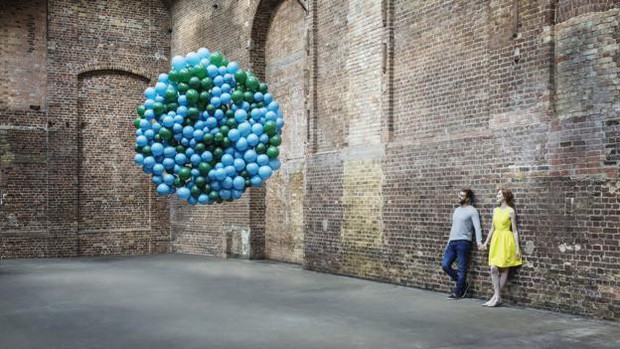With only two people can a community be born, or is it the end of the human race?
Adam and Eve are the first two humans on Earth created by God, and they are also the ancestors of humanity. Or at least, according to the Bible, it is so.
But consider it from a scientific point of view. Would just two people be enough to create an entire species like us today? Let’s see what happens, according to an article on BBC Future.
First, let’s get to the more realistic story, which is that the entire first generation will be siblings. Their next generation will all be parents. And many studies have shown that inbreeding in 1-2 generations does not bring good results.
Generations full of tragedy
According to a report from the Czechoslovak Scientific Institute, Czech Republic, between 1933 and 1970 there were many cases of inbreeding. And children born during this period have a very high death rate, as well as many physical and mental disabilities.
Another case is that of the inhabitants of the island of Pingelap (Micronesia, Oceania). A giant storm swept here, killing almost all of the islanders, leaving just 20 people behind. The group of survivors rebuilt everything from the ground up, and it was found that there was a huge percentage of people who were color blind for generations to come.
Color blind community on Pingelap Island
Or as King Charles II of Spain is really a prime example of the consequences of inbreeding, when he was born with a series of birth defects.
Of course, the reason for these stories is only one: the genome is too small. In fact, rare genetic diseases (including color blindness) usually only appear if both recessive genes are passed on from one parent. If the parents are also siblings, the rate will be much higher, and the probability of occurrence is also higher in each generation.
Genetic diversity is also one of the conditions required for an organism to overcome changes in the environment. In inbreeding, of course, this advantage is lost. And at the same time, the quality and quantity of sperm is also greatly affected, which leads to infertility.
“Only bred in a small community, sooner or later inbreeding issues will manifest as well,” said Bruce Robertson of the University of Otago (New Zealand).
Why should we care?
The likelihood of humans falling into a scene with only 2 individuals is extremely low. However, this story may have happened and is happening to many other creatures around the world.
So if this situation happens to one species, is it the end for them too? The answer is not quite like that.
Human history has seen a few communities capable of overcoming genetic risk. Like the Hutterites of North America, all are descendants of 18 pairs.
“Although the risk of genetic disease is very great, but everything is only statistical”, – said John Moore, expert from NASA. “Once required, anything can happen.”



